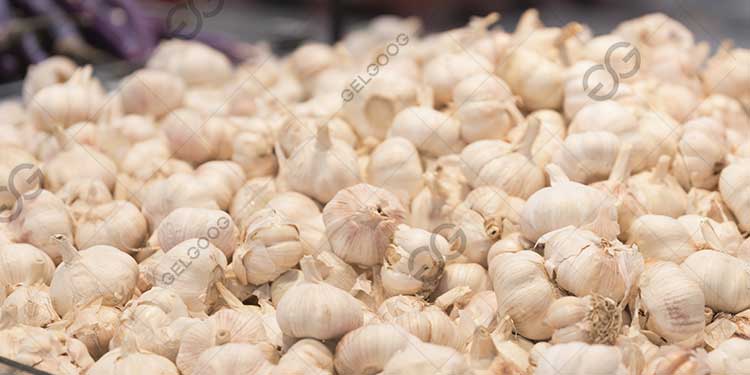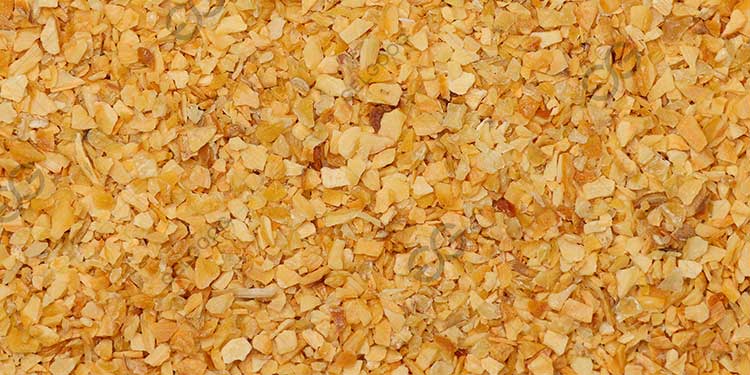
Garlic Processing Plant Project Report
Garlic, as an important cash crop, enjoys a wide consumer base and high demand in the market, and it also boasts high added value. With the development of the food processing industry and international trade, building a garlic processing plant not only meets international market demand but also boosts local agricultural income and promotes industrial upgrading. Following is the garlic processing plant project report.
1. Market Prospects
As consumers become more health-conscious, demand for products such as garlic powder, garlic flakes, dehydrated garlic granules, garlic paste, and black garlic continues to rise. Deep processing can improve product storage and transportability, further enhancing export competitiveness.
2. Process and Main Equipment
The production process and required equipment vary depending on the product:
Dehydrated Garlic Slices/Garlic Powder:
Raw Material Selection → Cleaning → Peeling → Slicing → Drying/Dehydrating → Crush → Packaging
Garlic Granules/Minced Garlic Seasoning:
Raw Material Selection → Cleaning and Peeling → Granulating/Mincing → Vacuum Packaging/Filling → Sterilization → Finished Product
3. Plant Planning
Raw Material Area: For storage and pre-processing of fresh garlic.
Processing Workshop: Primary locations for dehydration, slicing, crushing, and fermentation.
Finished Product Area: For packaging, storage, and pre-shipment.
Auxiliary Facilities: Cold storage, boiler room, office building, sewage treatment system, etc.
4. Investment Estimates
Fixed Asset Investment:
Factory and Supporting Facilities Construction: Approximately US$300,000–400,000
Main Production Equipment Purchase: Approximately US$50,000–200,000
Working Capital: Approximately US$100,000–300,000
Total Investment: Approximately US$500,000–1,000,000, depending on production scale and level of equipment automation.
5. Economic Benefit Analysis
Annual Output Value: Based on a processing capacity of 10,000 tons of fresh garlic, the estimated annual output value is US$10–15 million.
Profit Margin: The profit margin of processed products is higher than that of standard fresh garlic exports, with an estimated payback period of 3–5 years.
Social Benefit: This product will directly increase local farmers' income, create approximately 100–200 jobs, and promote regional economic development.
6. Risk Analysis and Countermeasures
Raw Material Supply Risk: Establishing stable partnerships with garlic farmers is necessary to ensure a stable supply of raw materials.
Market Risk: Strengthen market research and expand diversified product channels.
Technical Risk: Introduce advanced equipment and processes to enhance product quality and competitiveness.
Regulatory Risk: Strictly adhere to food safety regulations and import and export standards.


Leave a Reply